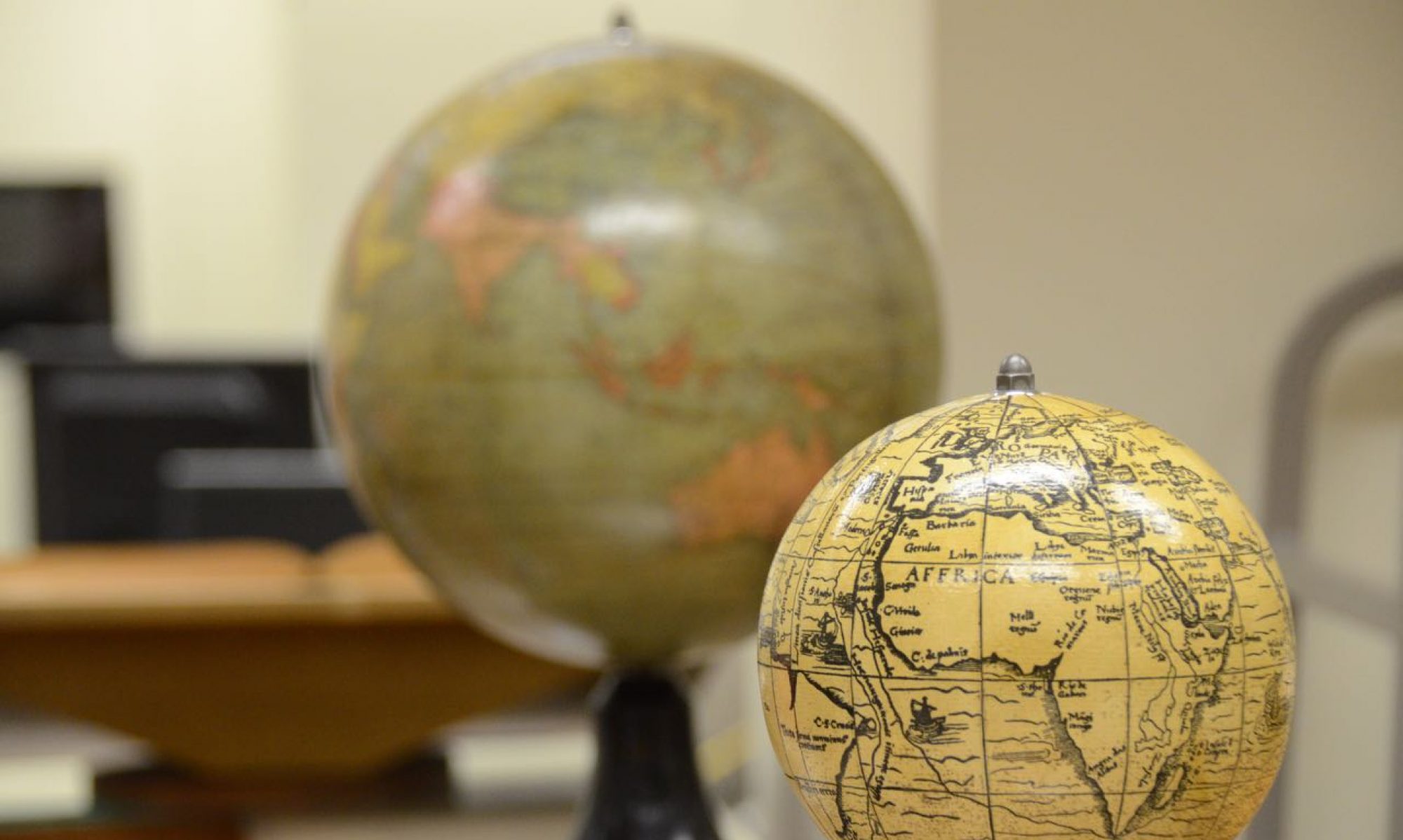From David Solly Sandler
KEIDAN MEMORIAL (YIZKOR) BOOK

There are three Yizkor books originating in South Africa. Two Yizkor books, Keidan and Rakishok, commemorate Lithuanian towns while the third remembers Chelm in Poland. In my humble opinion the articles, stories and memories in the Keidan and Rakishokbooks, more than any other books I have read, tells us about Jewish life in Lithuania as it approached its destruction.
The Keidan Memorial (Yizkor) Book (see full details below) has now been translated into English. Bella Golubchick translated many of the articles into English and all the translations were reviewed and edited by Aryeh Leonard Shcherbakov and Andrew Cassel of the Keidan Associations of Israel and the US. I compiled and published the book.
This is now the second yizkor book originating in South Africa that has been translated into English. The first was the Rakishok Yizkor book published in September 2017 where I assisted with coordinating the translations for Jewish Gen. the publisher.
For more information or to obtain a book please contact
David Solly Sandler. sedsand@iinet.net.au
Keidan Memorial (Yizkor) Book
The Keidan Memorial (Yizkor) Book, was first compiled in 1977 mainly in Hebrew by the Keidan Associations and Keidaners living in Israel, The US and South Africa to commemorate the 500 years of Jewish life in Keidan that was abruptly ended in July 1941 by the Germans helped enthusiastically by the local Lithuanians.
The book offers a multi-faceted historical view of Jewish life in Keidan – its 500-year history, its religious, educational, social and cultural institutions, youth organizations, portraits of its prominent people, memoirs of witnesses and survivors, the stories of exiles and wars and the Holocaust.
The publication of this Memorial Book in 1977 was the most important contribution of the Keinaner Associations to future generations of Keidaners. Originally released mostly in Hebrew (with smaller Yiddish and English sections), it has now been fully translated into English.
At first glance this book is like all the other hundreds of books published since the end of World War II in memory of the Jewish shtetl in Eastern Europe that had been and is no more. Keidan itself was one of those thousands of towns in the old Pale. Small towns with all their lights and shadows, their geographical and human landscape, their spiritual climate, the Jewish people who worked and toiled all week like busy ants in order to bring food to the family. With its odd and strange figures, whose daily life and golden dreams of the redemption of the nation and salvation of the world. In short, a shtetl, like all shtetlech.
The birth pangs of this book were hard and prolonged. Yet it is natural, and it doesn’t lessen its importance, if we shall consider that the whole book is a product of the common effort of the town’s people who invested in it the most important element – love. Actually, no scientific research works have been included in this book, but memories which sometimes reach the height of true art, and – what is even more important – they distinguish themselves with a clean and refined truth, as it was seen with the eyes of the writers. They described all they had seen in a quiet, restrained way, without any trimmings, yet, for all that these memories speak to the reader with an unusual strength of expression.
One of the main goals of the book is the commemoration of the period of the Holocaust. Very few people have remained from that terrible period. Very few of those who had seen the terror from close up saved themselves by a miracle, and it is their duty to tell about their personal experiences. There are others who succeeded to escape from the Holocaust and to spend the war in wanderings in distant places or in fighting the cruel enemy. Each one told, in his own language, the facts as he knew them. More than once the book contains different versions of the same events. This fact, which can happen in historical scientific works too, will no doubt be forgiven in a book which was written not by historians, but by men who drew their descriptions not from documents in an ivory tower of a library, but from their own memories, that were tortured in the ghettos, concentration camps and forests. This is however the naked truth, rough and not polished, a truth solid like rock from which eternal monuments are shaped.
Still, this book is more than an eternal monument. It is an effort to return to the shtetl in its happy moments as well as in its last hours, to be together with the father and the mother, with the brothers and sisters, at the Shabbat table as well as at the mass grave on the fateful day, to isolate oneself within Keidan, one of the precious stones in the lost crown whose name was Eastern European Jewry.
There is no relief in this book for the wounded soul of a son of Keidan, but there is in it a eulogy and a kaddish which was not said on the grave of the martyrs, and which will be said now whenever we shall take this book in our hands.
For more information or to obtain a book please contact
David Solly Sandler. sedsand@iinet.net.au

Keidan Memorial (Yizkor) Book – the cover

